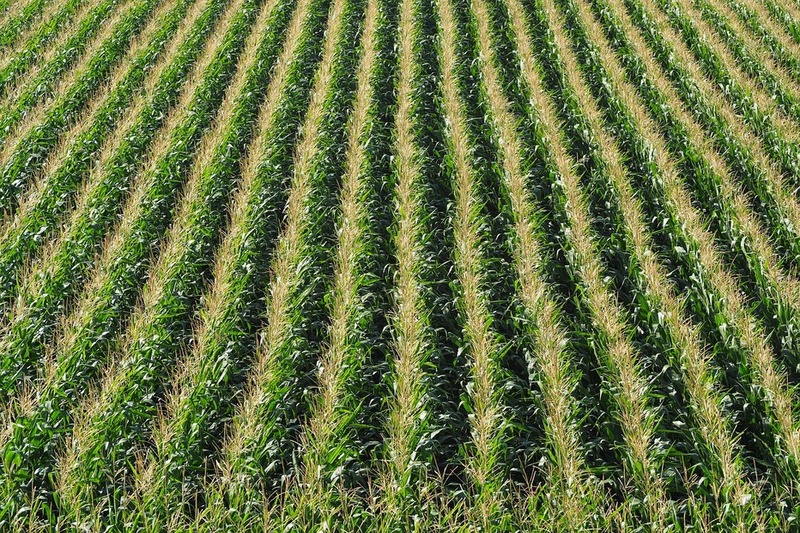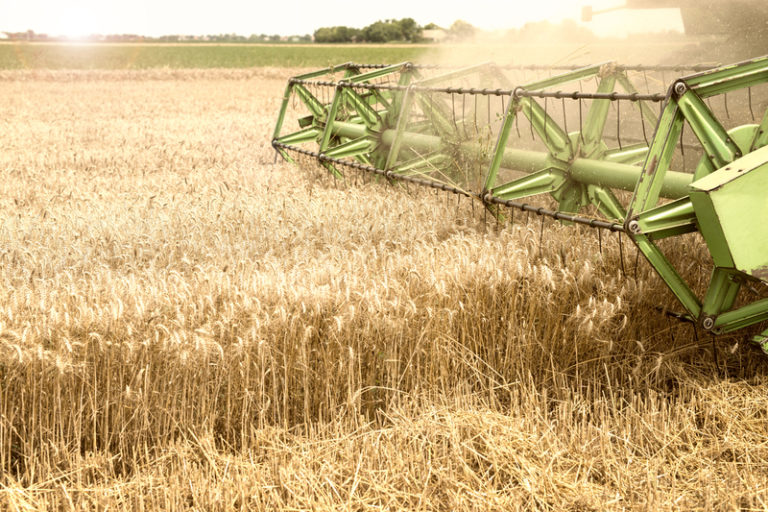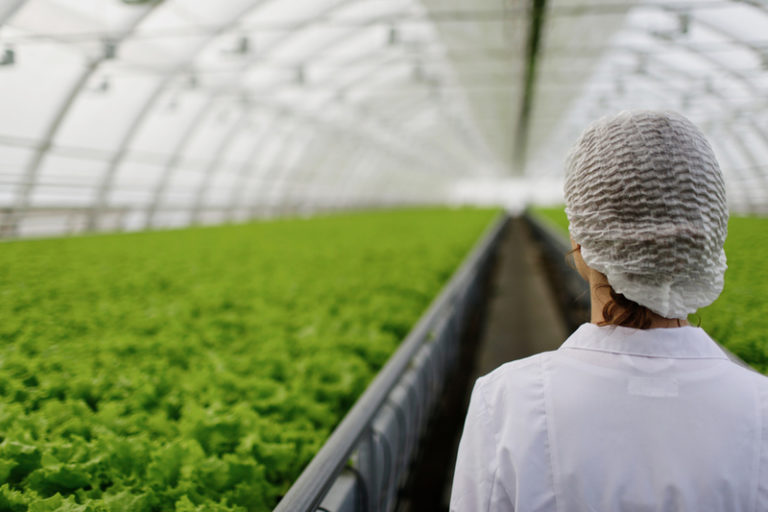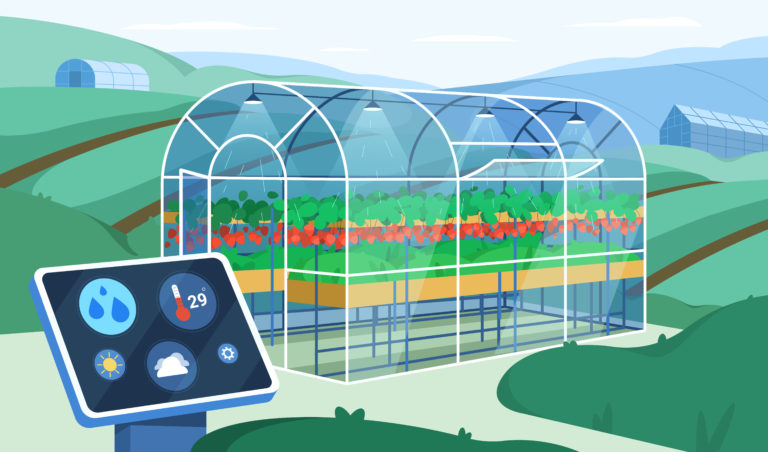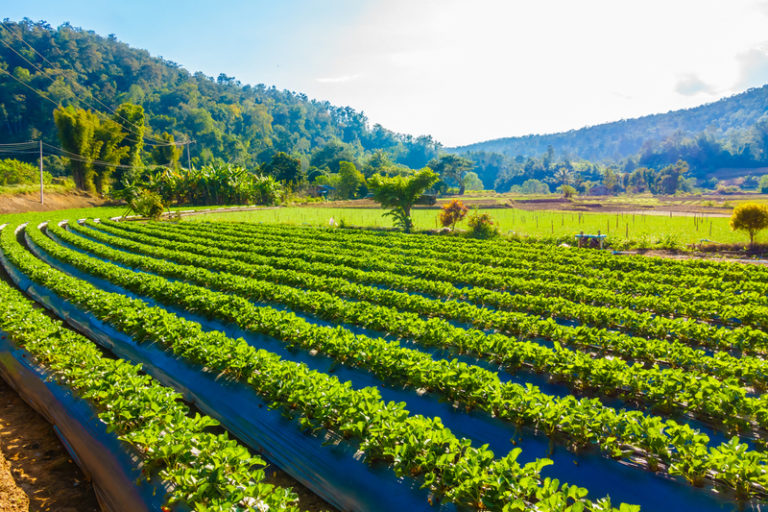Monoculture: Pros and Cons of a Single Crop Farming Practice
A monoculture entails the cultivation of a single crop on a huge scale over an extended period of time. Because of its productivity, efficiency, and management simplification benefits, this method is commonly employed in agriculture. Nevertheless, it has a number of downsides, including soil deterioration, an increase in pest and disease pressure, and genetic erosion.
In this post, we will discuss the advantages and disadvantages of monoculture, as well as possible alternatives that can assist mitigate its disadvantages.
Advantages of Monoculture
Enhanced productivity is a major perk of monoculture. Concentrating on a single crop allows farmers to devote all of their time, energy, and money to that one crop, increasing their yield significantly. Having just one crop to maintain simplifies the process of applying inputs like fertilizer, herbicide, and irrigation. However, farmers may save money on inputs like fertilizer and insecticides by buying in bulk when they use monoculture.
Moreover, monoculture simplifies management techniques. Farmers may simplify their operations and lower the amount of labor necessary if they just have to maintain one crop. This can save time, money, and make pests and illnesses easier to control.
Disadvantages of Monoculture
Monoculture has a number of drawbacks despite its advantages. to waging the tp of a t likes t likes t likes. Repeatedly growing the same crop in the same place can degrade the fertility and nutritional content of the soil. Lower agricultural yields and decreased farmer income may result from this. Monoculture can also raise the danger of disease and insect infestation. A single crop produced across a vast region may foster an environment that is conducive to the growth of pests and illnesses. Crop failure and financial losses for farmers may arise from this.
Ultimately, genetic loss can result from monoculture. Farmers that only grow one crop may be lowering the genetic variety of those crops, which over time may make them more susceptible to pests and illnesses.
Examples of Monoculture
Monoculture is a common farming practice around the world, and some examples of monoculture include corn and soybean farming in the United States and banana plantations in Central America. These crops are grown on a large scale using monoculture practices, which can lead to some of the disadvantages mentioned above.
Alternatives to Monoculture
To address the environmental and economic concerns associated with monoculture, farmers can consider alternative farming practices such as crop rotation, intercropping, and polyculture.
Crop rotation involves growing different crops in the same area over time. This can help to improve soil fertility and reduce the risk of pests and diseases. Intercropping involves growing multiple crops in the same area at the same time. This can help to maximize resources and reduce the risk of pest and disease pressure. Polyculture involves growing multiple crops together in the same area over time. This can help to increase crop diversity and reduce the risk of soil degradation and pest and disease pressure.
The Future of Monoculture
As concerns about the environmental and economic impacts of monoculture continue to grow, there is a need for more sustainable farming practices. This includes a focus on crop diversity and the development of new technologies that can help to improve soil health and reduce the risk of pests and diseases.
Conclusion
While monoculture has its benefits, it also has its drawbacks. Farmers need to strike a balance between yield and sustainability by considering alternative farming practices such as crop rotation, intercropping, and polyculture. By doing so, they can help to ensure a more sustainable and resilient agricultural system for future generations.
Q: What is monoculture?
Ans: Monoculture is a farming practice that involves growing a single crop on a large scale over a long period of time.
Q: What are the advantages of monoculture?
Ans: Some advantages of monoculture include increased yield and efficiency, simplified management practices, and cost-effectiveness.
Q: What are the disadvantages of monoculture?
Ans: Some disadvantages of monoculture include soil degradation, increased pest and disease pressure, and genetic erosion.
Q: What are some examples of monoculture?
Ans: Some examples of monoculture include corn and soybean farming in the United States and banana plantations in Central America.
Q: What are some alternatives to monoculture?
Ans: Alternatives to monoculture include crop rotation, intercropping, and polyculture.
Q: What is crop rotation?
Ans: Crop rotation involves growing different crops in the same area over time. This can help to improve soil fertility and reduce the risk of pests and diseases.
Q: What is intercropping?
Ans: Intercropping involves growing multiple crops in the same area at the same time. This can help to maximize resources and reduce the risk of pest and disease pressure.
Q: What is polyculture?
Ans: Polyculture involves growing multiple crops together in the same area over time. This can help to increase crop diversity and reduce the risk of soil degradation and pest and disease pressure.
Q: What is the future of monoculture?
Ans: As concerns about the environmental and economic impacts of monoculture continue to grow, there is a need for more sustainable farming practices. This includes a focus on crop diversity and the development of new technologies that can help to improve soil health and reduce the risk of pests and diseases.
Also Read:
Intercrop Farming: A Sustainable and Effective Way to Improve Soil Health and Yield

